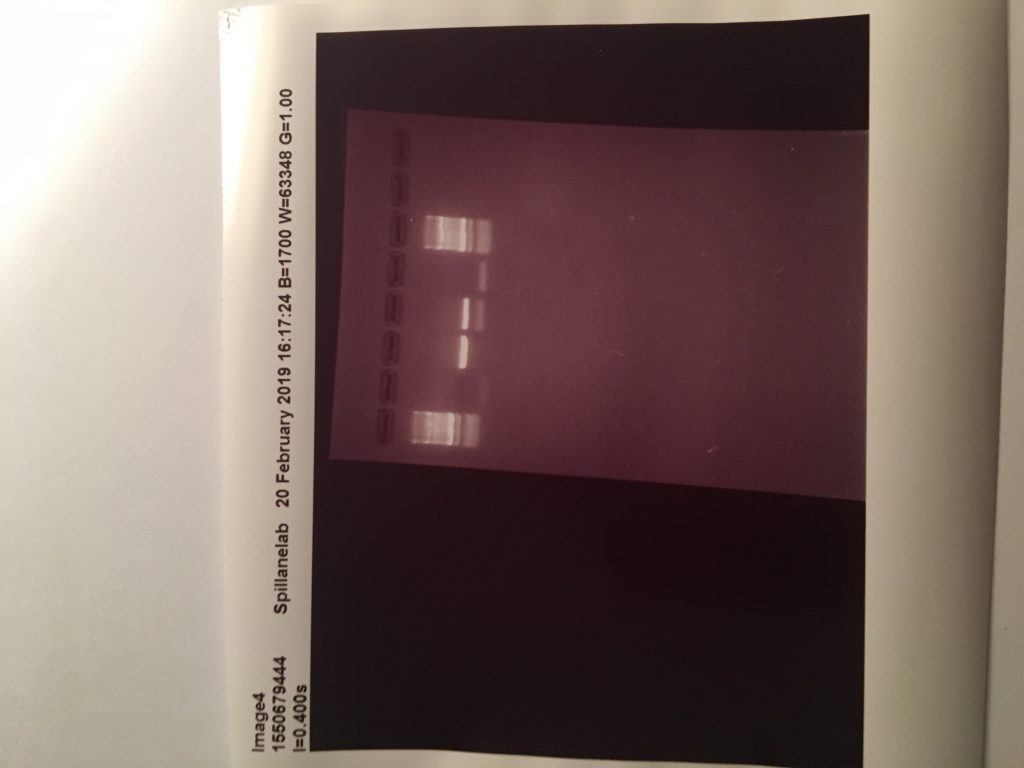
PCR


My week was mostly spent in NUIG with my course coordinator Galina and my lab partner, here I learned how to carry out extraction of DNA from a Haemonchus contortus. This is the parasite my partner will be carrying out his master’s project on. Post extraction I learned how to perform washing and elution of the DNA extracted from the worm and then we performed PCR.
This was my first time to carry out this laboratory work and it worked successfully, we were also shown how to perform qPCR on our samples. However, we could not make a quantitative PCR as we do not have other samples of DNA present to compare the levels in the sample, because we extracted the DNA form the worm and not the eggs of the sample.
Student number: 14407928
Eoin Dunne
Wednesday the 6th of February marked my first day with Teagasc in Athenry Co, Galway. Upon arrival I received my log in details for the teagasc website and email along with my security pass for access to all rooms and labs in the department. To commence research and lab work I presented my completed training certificates for; laboratory health and safety training, Teagasc safety course and a manual handling training course.
Padraig O’Boyle, my project supervisor gave me a tour of the department and showed me how to access the Teagasc document management system (DMS) which I will need to become accustomed with before starting my lab work and write up. After I had acquired the general basics I began to print research papers and standard operating procedures which are related to my project and continued to study the papers which Galina had sent me.
Thursday the 7th, I continued reading research papers and learning SOP’s under Padraig’s guidance, I also formulated a list of equipment and materials needed for carrying out my laboratory work based off the 2016 paper on identifying and studying P. leydeni.
On Thursday evening Padraig and I carried out a FECPAK test for round worms in the lab which is a sedimentation procedure used to identify parasites in the faeces of the animals. This was my first time in the lab and using a SOP which I will be using later for my own research.
On Friday the 8th of February I scheduled my manual handling practical training and carried out the FECPAK experiment for liver fluke and rumen fluke which is an extension of the work I did on Thursday which involves further sedimentation and using methylene blue to help identify the parasite under a microscope.